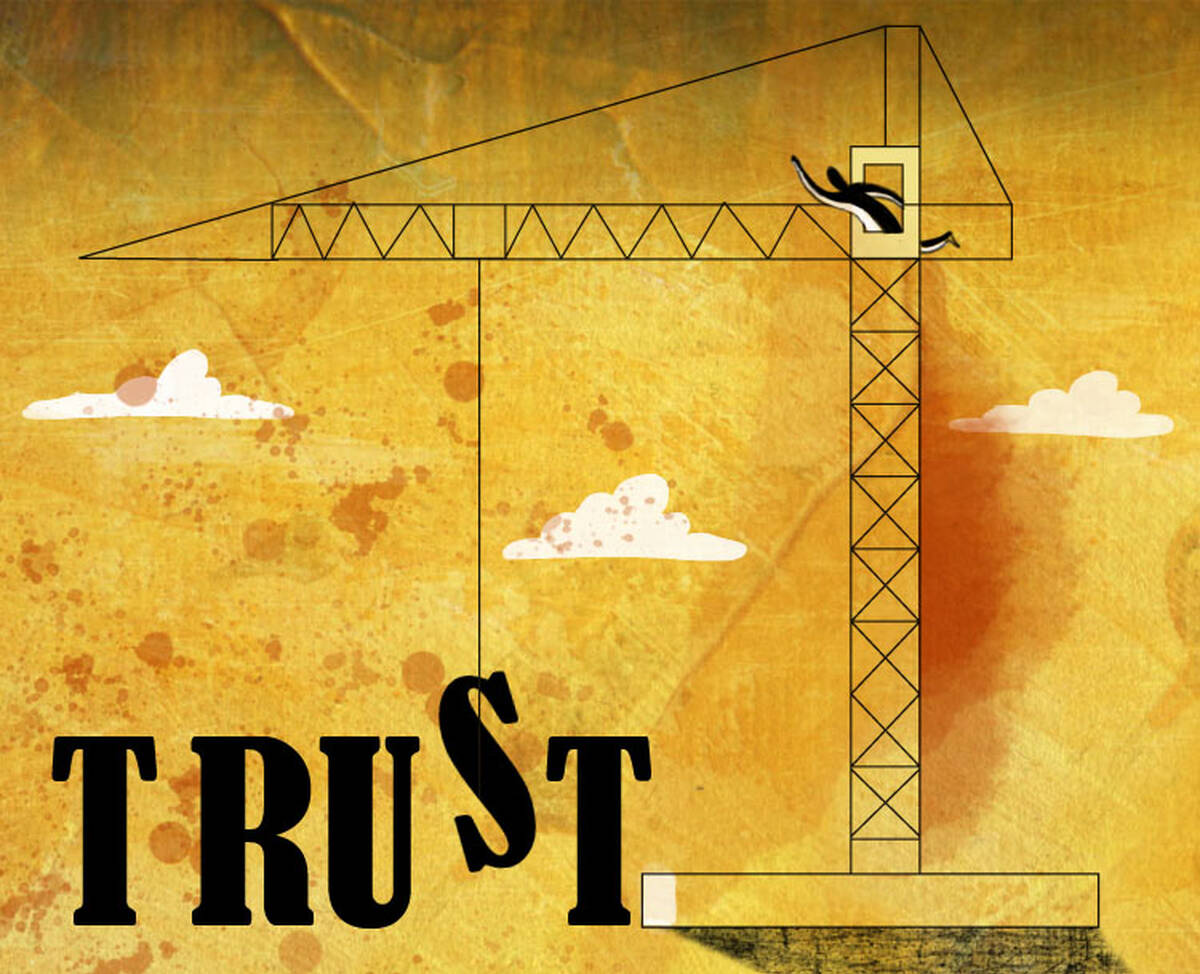Leadership Jan 4, 2016
5 Ways to Motivate Employees
Beyond raises and reviews: Everyday ways to energize your team.

Yevgenia Nayberg
Every business leader wishes for a simple way to keep employees motivated. In the process, many resort to rewards or punishments to squeeze performance out of their teams. But whatever the short-term gains of catered lunches or fearsome performance reviews may be, carrot-and-stick approaches are not effective long-term strategies for sustaining excellence.
For Karen Cates, an adjunct professor of executive education at the Kellogg School and expert on leadership, energizing your team is not about threats and promises; it is about building trust in the organization, which it turns out is ultimately more important to employees than salary.
“Money matters to the extent that you pay people a fair market wage, because people do care about equity,” she says. “But as a motivator, money doesn’t last very long. And it doesn’t always boost performance the way that deep commitment does.”
This article is the first in a regular series that highlights how business leaders can grow beyond their function to become more effective and valuable to their organization.
So how can leaders guarantee commitment from their employees? Cates offers five actions to build trust.
Walk the Talk
Leaders who want an engaged and energized workforce need to make sure that their organization’s values are aligned with its policies. If a company says it welcomes new ideas from its staff, the leadership had better be willing to listen. By the same token, a group that advocates for clean energy is responsible for making good on that pledge in its day-to-day operations.
Even seemingly minor details can affect employee commitment. Take, for example, a company that claims that its greatest asset is its people, yet neglects to mention its staff anywhere on the company’s website. “Employees notice that,” Cates says. “It can have a real impact on the way they view their role—and how they view leadership.”
Firms that fail to walk the talk do so at their own risk. Subcultures may form within the organization, or employees may disregard policies and regulations. As research by Kellogg School professor Paola Sapienza finds, there are also economic consequences to claiming to hold values that you actually do not.
If you don’t have alignment, it doesn’t matter how great your benefits are. You still won’t have commitment from your employees.
“Alignment is critical because it lays the foundation for trust,” Cates says, “and trust leads to greater commitment. If you don’t have alignment, it doesn’t matter how great your benefits are. You still won’t have commitment from your employees.”
Cates points to Union Pacific Railroad as a great example of proper alignment. “Safety is a major component of their strategy and leadership culture,” Cates says. “It’s not just about training videos and safety awards. Leadership deeply embraces this value in every activity and discourages cutting corners at every level. Their employees are right behind them.”
Clarify Employee Expectations
It can be hard to isolate the reasons an employee is underperforming.
Sure, some employees lack the necessary skills to do the job, or struggle to cope with personal issues. But some underperformance may have more to do with lack of clarity about the employee’s role in the company.
“A lot of times expectations are simply not made explicit,” Cates says. “I remember hearing an executive say, ‘They should know what we want by now. If they don’t, maybe they don’t belong here!’ That is not a productive attitude to take.”
Skills and attitude matter. But even a competent, dedicated employee will struggle without a clear understanding of what is expected of him or her. “When I deal with low performers,” Cates says, “it’s amazing how often I hear, ‘This is the first time I’m hearing about this particular expectation.’ So although it may sound simplistic, my advice is: sit down with your employees and make sure everyone is on the same page.”
Ideally, expectations are established as soon as the employee is hired. This is the chance for both sides to share goals and connect them to the overall strategy. But leaders should also remember to check in periodically—about once every quarter, or after a project—rather than wait for a formal, annual evaluation. “It can be as simple as ‘what worked, what needed improvement, and how can we do better?’” Cates says. “Other questions might include: Do you have talents or strengths that could be better utilized here? What can I start doing right now to help you reach your goals? Are we meeting your expectations?”
Have More Difficult Conversations
Calling out underperformance can be difficult to do in a constructive way. “We call them ‘difficult conversations’ for a reason,” Cates says. “Of course, you need to use tact. But it’s very important to tell your employees the truth about a situation. I find that the truth can be very motivating when it is delivered in a neutral and nonjudgmental way. If you focus on the behavior and not on the personal qualities of the individual, the truth is easier to deliver.”
A good time to engage employees in difficult conversations is when you begin to see them seriously derailing. Sure, some of the best learning emerges from making mistakes. But when employees do not self-correct or seem resistant to training or feedback, waiting until the annual performance review misses the opportunity to get them back on track.
Leaders need to acknowledge when employees make the necessary course corrections, just as they need to establish consequences when employees do not. This proactive approach to performance management is at the heart of walking one’s talk, and it provides tangible proof that employees can trust leadership.
Know What Happens When You Enter the Room
As Cates sees it, the biggest challenge for leaders moving up in an organization is to cultivate awareness. “People who rise in organizations are usually good self-managers,” she says. “They figure out a job and get it done. They also have great social skills—they know how to work with a team and communicate up and down the hierarchy. But as you get further along, awareness becomes the difference maker when it comes to energizing people.”
Cates distinguishes between two kinds of awareness: social awareness and self-awareness. Social awareness is more or less the ability to read a room. Self-awareness, by contrast, is the understanding that when you enter a room, you change the room. “Being aware of who you are and how you impact other people’s ability to do their work is one of the hallmarks of a good leader,” Cates says. Awareness, a concept linked to emotional intelligence, ties back to the issue of alignment: aware leaders are better able to foster trust by purposefully aligning values and policies—and are better at noticing when they are not in sync.
Invest Time in Your Employees
Employees are most energized when they are treated as individuals. But many leaders fail to invest the time in getting to know their employees’ strengths and future goals. “I’ve heard some executives complain: ‘But I have fifty direct reports—can I really get to know each of them?’ And I always say, ‘Why not?’ It might be the best way to improve performance.”
This is especially true given how diverse organizations have become. For leaders, having a team with a wide range of backgrounds can be a blessing if the unique skills and experiences each employee has to offer can be effectively put to use for the organization.
“Leadership is not about putting in place a single strategy and assuming it will unfold just the way you planned,” Cates says. “It means you’re always engaging, always adjusting. You can read all the management books you want, but eventually you will have to engage your employees more seriously, and that takes time. It’s not rocket science, but it does take time.”



